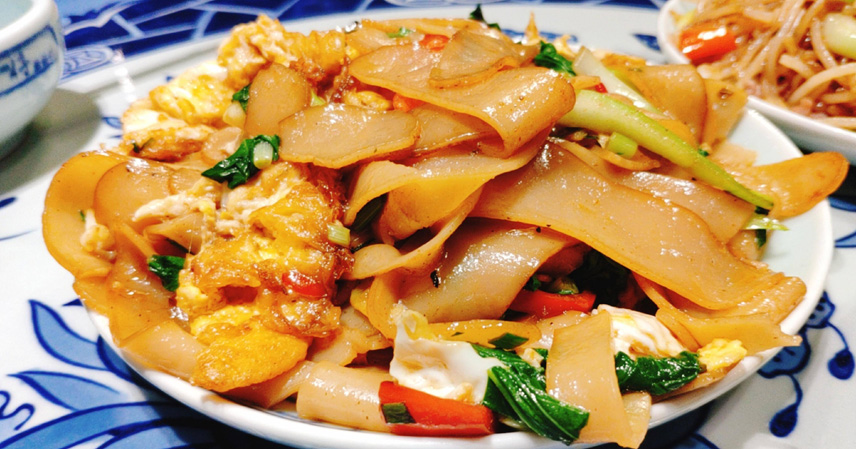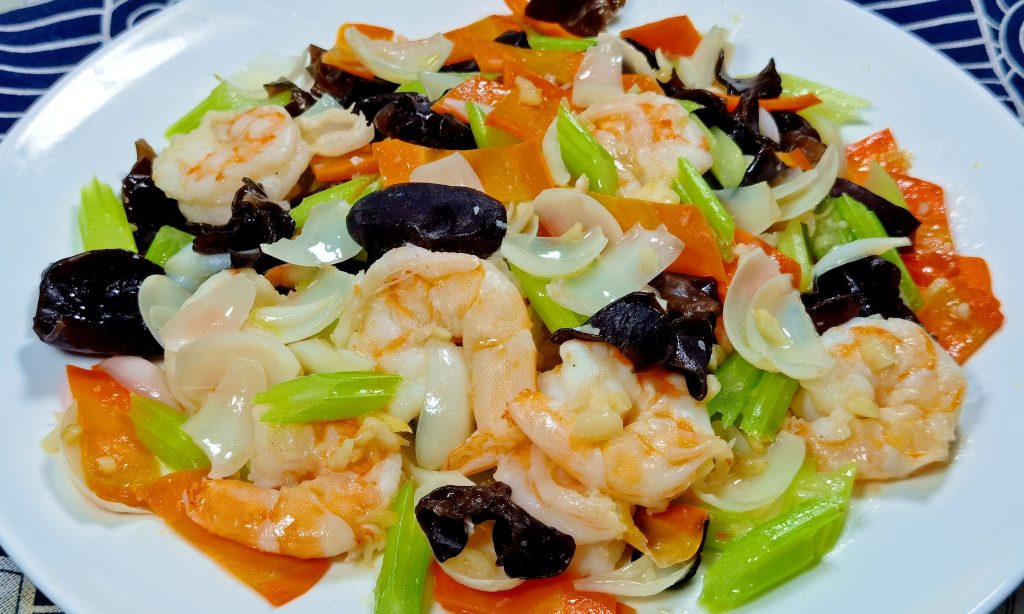In the early morning, as the first rays of dawn struggle to pierce the leaden gray sky, the old streets and alleys of Jingdezhen begin to stir awake. The air carries a faint, elusive aroma—hints of rice fragrance mingled with oil smoke and a subtle alkaline tang. This scent marks the start of daily life for many in Jingdezhen and serves as the most familiar call to their taste buds: the crystal-clear, softly glowing alkali water rice cake. Unlike those world-renowned gourmet dishes that put on airs of superiority, it’s more like a neighborhood friend—unpretentious and humble, yet always ready to stir a deep, comforting warmth in your heart without fanfare.
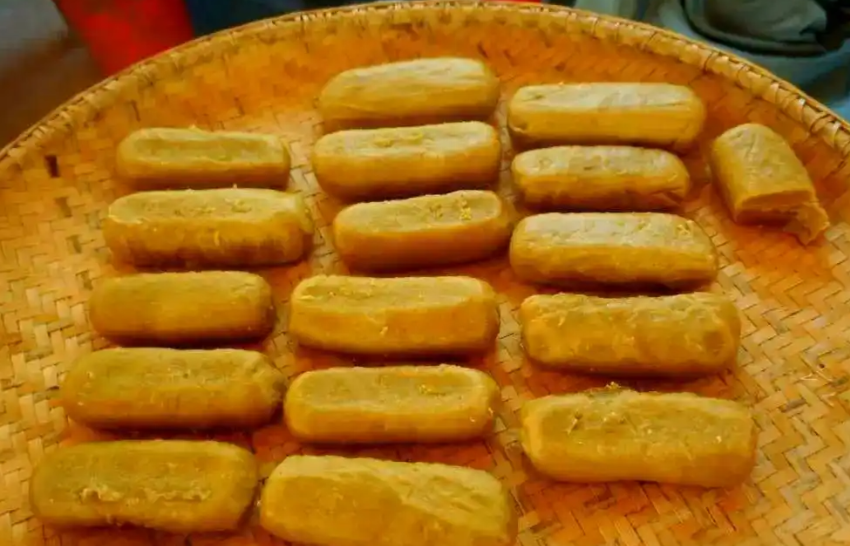
Savoring This Street-Side Heart’s Delight
For Jingdezhen locals, alkali water rice cake isn’t just a dish—it’s a snapshot of their way of life. It graces breakfast stalls alongside youtiao fritters and soy milk, kickstarting a hectic day; it sneaks into home-style stir-fries as the indispensable “no-makeup muse” on the dinner table; it even pops up at late-night supper spots, soothing the rumbling stomachs of night owls. Its ubiquity isn’t merely a matter of taste preference but a form of emotional anchor—a loyal tribute to hometown flavors. No matter where life takes you, a steaming bowl of it can effortlessly rouse dormant nostalgia, offering a fleeting sense of belonging to the wandering soul.
Rice Selection and the Mystery of “Alkali”
The soul of alkali water rice cake hinges on two essentials: rice and alkali. Nestled in northeastern Jiangxi, Jingdezhen boasts a long history of rice cultivation, yielding plump grains with just the right stickiness—nature’s perfect base for top-notch cakes. The go-to variety is indica rice, which is rinsed, soaked, and ground into a slurry. This initial step seems straightforward but demands precision: the rice-to-water ratio and soaking duration directly influence the slurry’s smoothness and thickness.
That subtle “alkali” woven in isn’t your everyday baking soda—it’s a custom “plant ash alkali.” Sourced from ashes of specific plants like rice straw or wheat stalks, it’s repeatedly washed and settled to yield a natural, gentle alkalinity laced with a whisper of smoky essence—the key differentiator from industrial alternatives. Just the right amount of this plant ash alkali helps the slurry coagulate during steaming, creating its signature chewy resilience while banishing any raw rice bitterness and imparting a faint, elusive sweetness. Mastering the dosage is a handed-down craft: too much brings bitterness, too little fails to set, all gauged by a seasoned chef’s decades-honed intuition and timing.
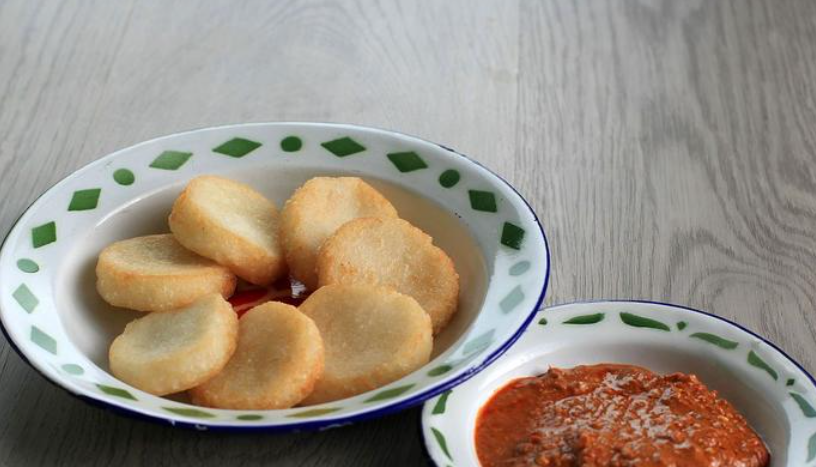
The Art of Steaming: A Magical Weave of Heat and Timing
Once the silky slurry is ladled gently into a specially shaped round steamer, the alkali triggers a wondrous transformation, enlivening the mixture. What follows is patient anticipation and meticulous heat control. A roaring flame brings the water to a boil, sending billows of steam upward to cook the slurry layer by layer. Throughout, the pot’s water level and steam vigor are critical: excess moisture turns it mushy, while skimpy steam leaves the core underdone.
Steaming time varies with slurry depth and fire intensity, typically 10 to 20 minutes. At near-doneness, the master lifts the lid just a crack, releasing a warm rush of rice-scented, mildly alkaline vapor. By then, the cake gleams in a translucent jade white, its surface shimmering with a light sheen, as vibrant as if freshly pulled from the water. The whole ritual, free of ostentation, brims with the quiet fervor of artisanal devotion.
Love at First Bite: A Quartet of Sensations in One Bowl
When a steaming bowl of alkali water rice cake hits the table, the first thing that catches your eye is its warm, lustrous sheen. Unlike bolder rice dishes in vivid hues, it quietly radiates a soft glow, exuding an effortless, ethereal elegance. Nudge it with chopsticks, and its resilient texture reveals itself—a gentle bounce inviting you in.
Lean closer, and a refined rice aroma blends with the subtle plant ash notes, wafting delicately into your nostrils—not overpowering, but irresistibly teasing. The first bite delivers pure delight: an unprecedented mouthfeel that’s soft and glutinous yet springy with a Q-factor; tender and slick, but with real chew. Your tongue engages in a soft tug-of-war as the rice essence unfurls slowly across your palate, the faint alkali acting like a subtle pause in a melody—perfectly placed, never stealing the show.
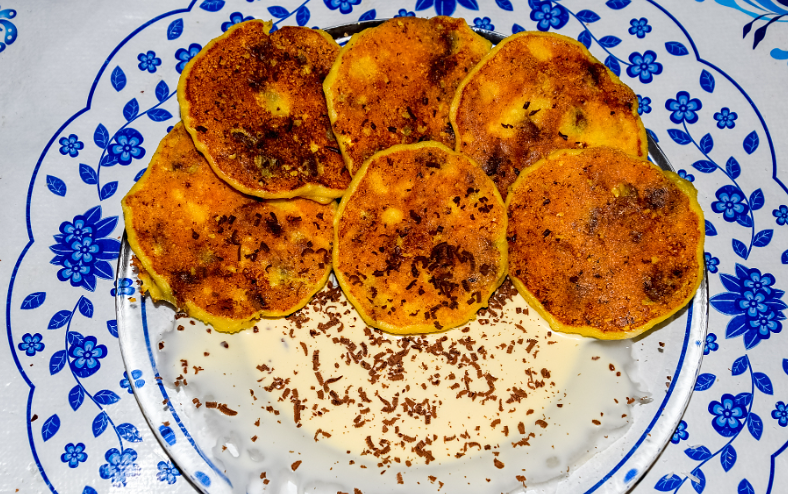
Flavor Boosters: The Garlic-Chili “Duo Act”
Alkali water rice cake’s inherent taste is refreshingly plain, mirroring the understated, introspective vibe of Jingdezhen folk. Its true allure shines in pairings with toppings. The classic duo? Garlic-chili oil. Fresh garlic minced fine meets fiery red chili flakes in a bowl; scalding hot cooking oil pours over with a sizzle, unleashing a burst of pungent garlic and spicy chili essence.
This garlic-chili oil becomes the cake’s soulmate. Slice the steamed cake thin, nestle it in the bowl, drizzle with the fragrant elixir, and scatter green onions on top—for the most authentic Jingdezhen vibe. The chili’s heat, the garlic’s richness, and the cake’s mild chew meld into a “numbing-spicy-fresh-aromatic” sensory explosion. The spice hits like fervent drumbeats, garlic weaves a lilting tune, and the cake dances gracefully amid it all—absorbing flavors while holding its own distinct grace.
Two Paths to “Eating” It: Each with Its Own Charms
Jingdezhen insiders have their pet ways to enjoy alkali water rice cake, broadly split into “light and fresh” and “rich and bold” camps.
The light-and-fresh crowd chases the cake’s pure essence and crisp accents. Beyond basic garlic-chili oil, they add splashes of fragrant vinegar, light soy, sesame oil, or even a pinch of sugar for lift. This keeps the glutinous rice vibe and aroma front and center, with mellow spice that leaves your mouth refreshed—no grease, ideal for breakfast or an afternoon pick-me-up.
The rich-and-bold set, meanwhile, craves layered depth and fullness. Alongside garlic-chili oil, they toss in stir-fried extras like diced shiitake, edamame, minced meat, or crisped pork slices. These add aromas and textures galore, making each bite more substantial and gratifying—like a hearty feast. This style suits mains, delivering profound satisfaction.
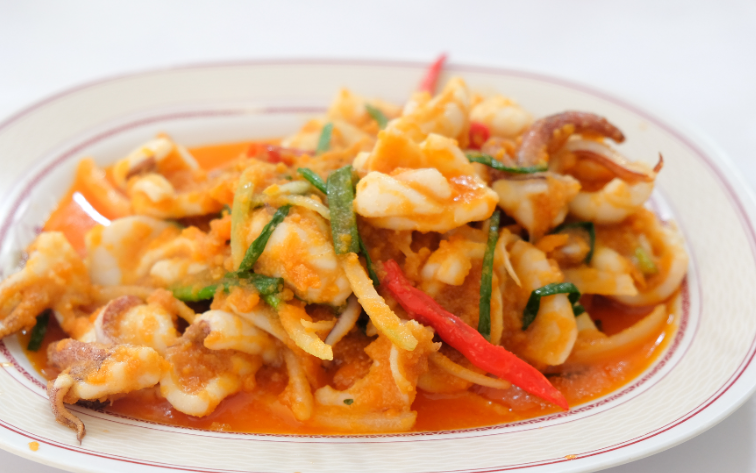
Alleyway Aromas: The Smoke from Everyday Kitchens
Alkali water rice cake’s presence seeps into every nook of Jingdezhen. At dawn, by the market, you’ll spot aunties deftly slicing it amid rising steam, folks clustering in twos and threes for a bowlful, chatting as they eat. At lunch, hole-in-the-wall eateries feature “soy-braised alkali cake” or “green pepper pork with alkali cake” as staples—affordable, filling crowd-pleasers.
Come evening, supper stalls serve up a spicy plate alongside an iced beer, a go-to for night owls. In summer, it’s a barbecue fixture: the charcoal sear adds a subtle char to the edges, enriching the chew and amplifying the spice.
Tales and Legacy: More Than Just a Bowl of Starch
Origins of alkali water rice cake spark a few tales. One traces it to lean times, when folks mixed scant rice with plant ash for a basic filler. Another, more grounded in daily grit, links it to porcelain crafting: potters stumbled on rice slurry and alkali’s unique texture while prepping clay, sparking its evolution.
Whichever rings true, it embodies Jingdezhen resilience and ingenuity. This humble staple, passed down generations, has refined into today’s translucent, bouncy delight. It holds not just taste memories but the city’s ethos of simplicity, diligence, and grit.
A Splash of Green in the City, a Dash in Daily Life
Alkali water rice cake is Jingdezhen’s unique verdant touch—a bright stroke on life’s rough canvas. It doesn’t flaunt, yet it’s resilient; unadorned, yet deeply affectionate. It’s no delicacy demanding slow savoring or forced appreciation—it’s woven into existence, as natural as breath.
One bite captures not just rice and alkali’s harmony but the city’s centuries-spanning shift from porcelain hub to everyday haven. That simple fulfillment, that earth-rooted realness, is its most captivating charm. It’s steaming bowls of storytelling, the city’s softest imprint—warm and enduring in every Jingdezhen heart.

